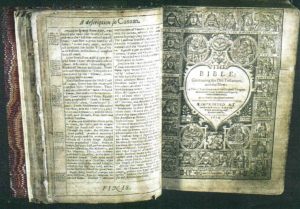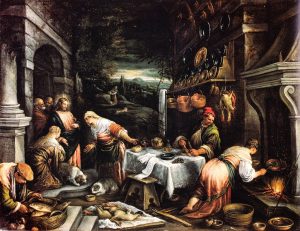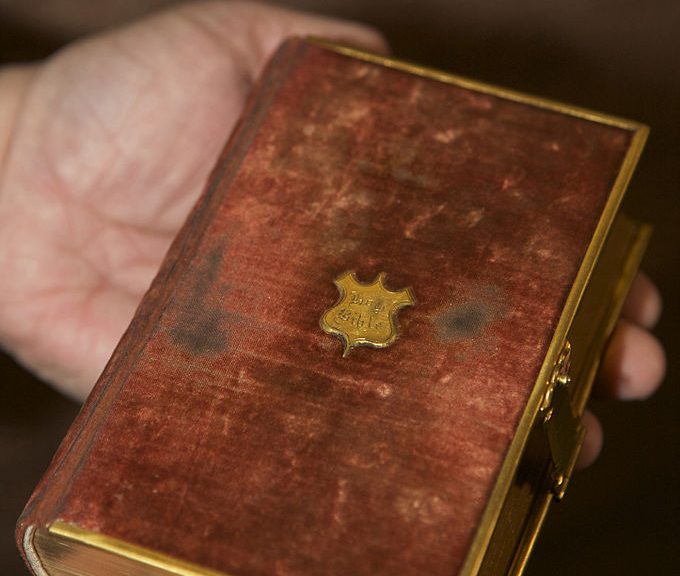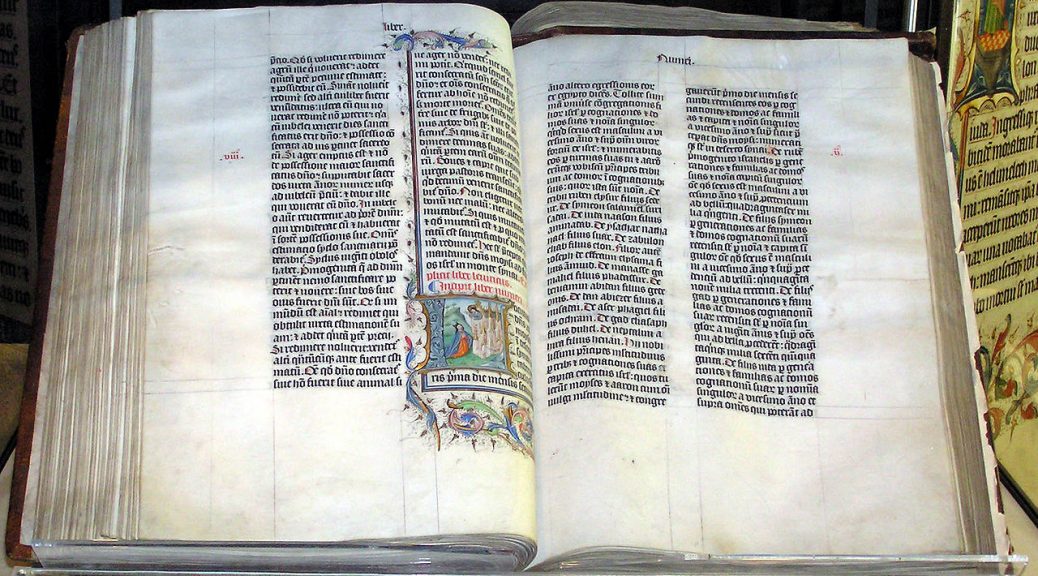A Sermon by the Rev. Dr. Arthur M. Suggs
on the Third Sunday of Lent, March 4, 2018
This is the third in the series of sermons on The Good Book. Here is the Rev. Dr. Art Suggs’ Pink Smoke sermon.
Four Brief Bible Passages from the New Testament
First of all, over in my left-hand corner, we have The First Letter of Paul to the Corinthians 14: 33-35:
“As in all the churches of the saints, women should be silent in the churches. For they are not permitted to speak, but should be subordinate, as the law also says. If there is anything they desire to know, let them ask their husbands at home. For it is shameful for a woman to speak in church.”
Also over in my left-hand corner, is The First Letter of Paul to Timothy 2: 11-12:
“Let a woman learn in silence with full submission. I permit no woman to teach or to have authority over a man; she is to keep silent.”
Now, over in my right-hand corner, we have The Gospel According to John 20: 18:
“Mary Magdalene went and announced to the disciples, ‘I have seen the Lord’; and she told them that he had said these things to her.”
That’s the passage that makes Mary Magdalene the first apostle.
Also over in my right-hand corner is The Letter of Paul to the Galatians 3: 27-28:
“As many of you as were baptized into Christ have clothed yourselves with Christ. There is no longer Jew or Greek, there is no longer slave or free, there is no longer male and female; for all of you are one in Christ Jesus.”

Here are four passages that reflect the tension within the Bible itself.
They remind me of an old W.C. Fields joke.
He was quite the reprobate, you know, and there he is, on his death bed, when a priest comes in and finds him leafing through the Bible. The priest asks, “What are you looking for?” And W.C. Fields replies, “A loophole.”
When I was in seminary in the early 80’s, women preachers were coming into their own, and in many ways, it was hard and not welcomed.
One of the spiteful remarks that went around among the men was that female preachers were like a dog walking on two legs. They don’t do it well, but you’re surprised they can do it at all.
I laughed at that joke back in those days, but I was raised sexist, racist, and homophobic.
Having reflected all of those beliefs in the early part of my life, I soon realized that did not comport with the likes of Cynthia Jefferts, associate pastor of the Nassau Presbyterian Church, or Barbara Brown Taylor, a guest preacher in the area from time to time, who were among the finest preachers I’ve ever heard.
Then as now, over 30 years later, they are still two of the finest preachers I have ever heard.
Cursory Readings of the Bible Reveal Strong Women
Continuing this series on the Bible, the topic for today, the Bible and women, is brought to you by a white male.
Actually, it’s strange that the Bible has been used to subjugate women.
Just a cursory reading reveals that you have in the Old Testament Eve, whose name actually means “life.” Yet here is the mother of all living humans.
There are the wives of the patriarches, all of whom were forces to be reckoned with: Abraham had his Sarah, Isaac had his Rebekah, Jacob had his Leah and Rachel. You have the books of Esther and Ruth, the stories of brave and faithful women, their wisdom and their leadership.

And then there is the mystical text, found in Proverbs, regarding what is now called the Lady Sophia. The way the story is told is that you have God working with Wisdom, and Wisdom is entirely feminine. The Lady Sophia, or the Hokmah in Hebrew, represents feminine energy working with God in order to create all that exists.
Prominent Women in the New Testament
In the New Testament, you have stories such as Lydia in Acts 16, a seller of purple goods, basically a professional businesswoman, who was very involved in the early church in a leadership capacity.
There is Phoebe, recounted in Romans 16, referred to as having significant titles as adelphe, a brother and sister in Christ. She was called a deaconos, from which we get the word deacon, except, at that time, the word also meant leadership in the sense of preaching and teaching, also with the elders. Furthermore, she was called a prostasis, what we would call a patron, a benefactor.
In other words, she was a material supporter and establisher of the church.

We also have the story of Priscilla and her husband Aquila, also found in Romans. The pair preached, taught, and established churches, and “risked their necks” for the early church.
These were some of the prominent ones mentioned in the New Testament, but beyond prominence there are two women who were venerated, the two Marys.
Venerated Women of the New Testament
You have Mary, the mother of Jesus, given two titles that are the highest the church can confer, the highest of all, well beyond the title of pope. Mary the mother is exalted in the Eastern church, to use their word, called theotokos, God bearer, the mother of God, and she is also given the title of the First Theologian because of her pondering the nature of her child.
Then you have the other Mary, Mary Magdalene, given the title of the First Apostle because she was the first one after the Resurrection sent out to bear the news of Jesus’ life after death. In addition to that title, Mary Magdalene was in all probability the wife of Jesus.
Except for the possibility of Mary Magda lene being the wife of Jesus, all of these women are recognized throughout the Old Testament and the New Testament.

Alas, there is one detail that eclipses all of that history, one that for some reason is seen to be of greatest importance. And that detail is Jesus’ choice of twelve men for his disciples.
Never mind that he traveled with an entourage that included not only the twelve but additional men and women, but no matter, the disciples were all men.
The interpretation of that was slam-dunk proof, Q.E.D. (quod erat demonstrandum). Thus and therefore and henceforth, yea unto the end of time, the church shall be ruled by men only.
This is the way that has been interpreted.
But …
Download the full sermon The Good Book (Pt. 3) – Pink Smoke (The Bible and Women)
Featured Image Credit: The Bible used by Abraham Lincoln for his oath of office during his first inauguration in 1861. PD image by Michaela McNichol, Library of Congress.



